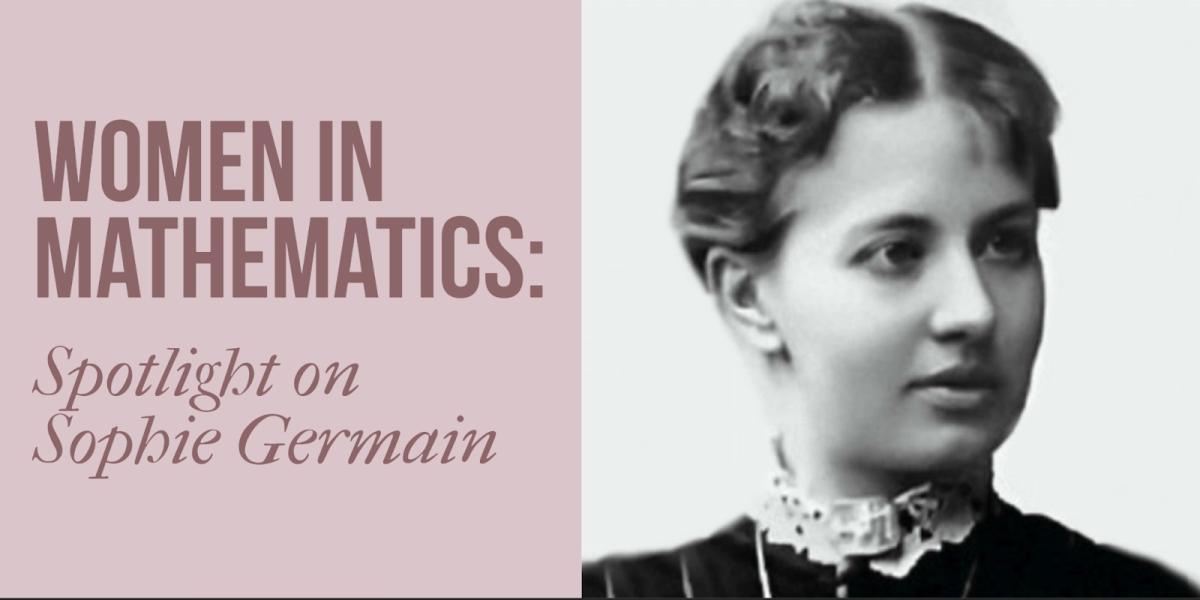In any given math class, students will learn about a formula that applies to a certain problem: Pythagoras is known for his theorem of triangles, Isaac Newton for his laws of motion, and Albert Einstein for his findings on theoretical physics.
But what do all of those men have in common, aside from their genius? Gender, mainly. Practically every algorithm that mathematicians learn about is credited to men, the foremost contributors to the field. It’s no wonder, then, that the STEM fields remain such a headache for women to break into.
But there are always brilliant outsiders who buck the norm, lighting a path forward for others to follow. On March 28, in honor of Women’s History Month, Diablo Valley College mathematics professor Jennifer Freidenreich gave a lecture about one of history’s lesser-known figures of mathematical education: Marie-Sophie Germain.
Born on April 1, 1776, Germain was the second of three girls in a relatively upper-middle class family living in Paris. Despite mild pushback from her parents, Freidenreich explained, Germain went ahead with her plans to become a mathematician—and ended up best known for her work in elasticity theory and number theory.
Along the way, however, Germain was barred from getting any real education because of her gender. When she died of breast cancer in 1831, it would be another 51 years before women would be allowed into French university, Freidenreich said.
And it wasn’t just sexism that barred girls and women from going to school. Freidenreich said that around the time Germain was growing up, schooling was strictly limited to families of the aristocracy or the clergy.
Though they have grown since Germain’s life, the gender disparities in mathematics remain apparent today. According to an article about women in STEM, only 31 percent of American PhD students in mathematics were women in 2015. And when it comes to other high-ranking positions of power like federal judges or doctors, very few, proportionally, are women.
Sophie Germain may have not had the most recognizable career, but she proved what millions of other women after her would learn: that sex and gender are not the whole of human identity.






































































